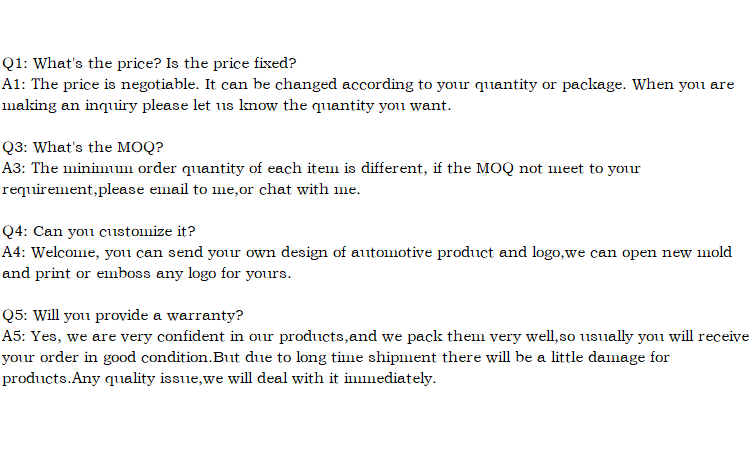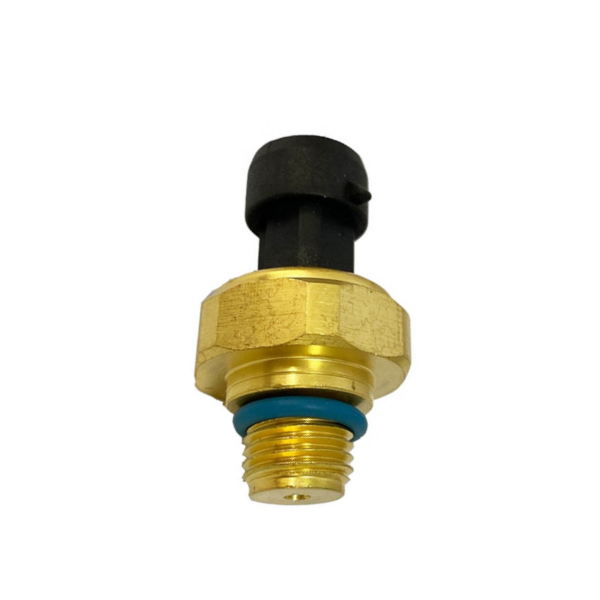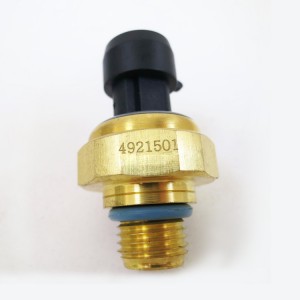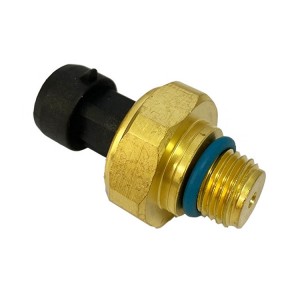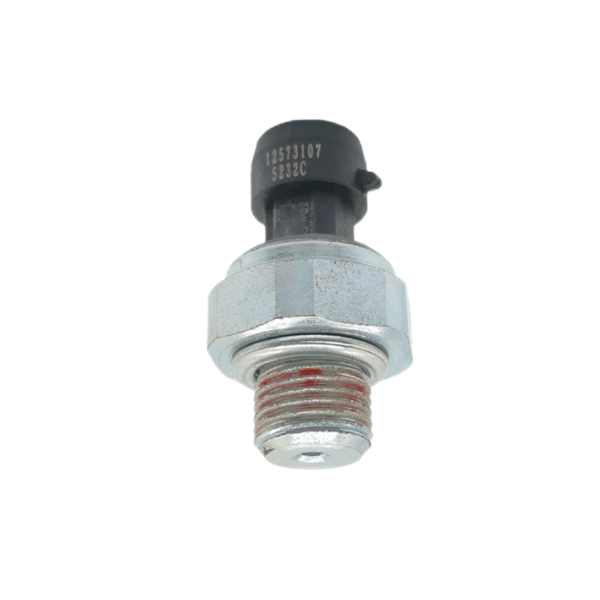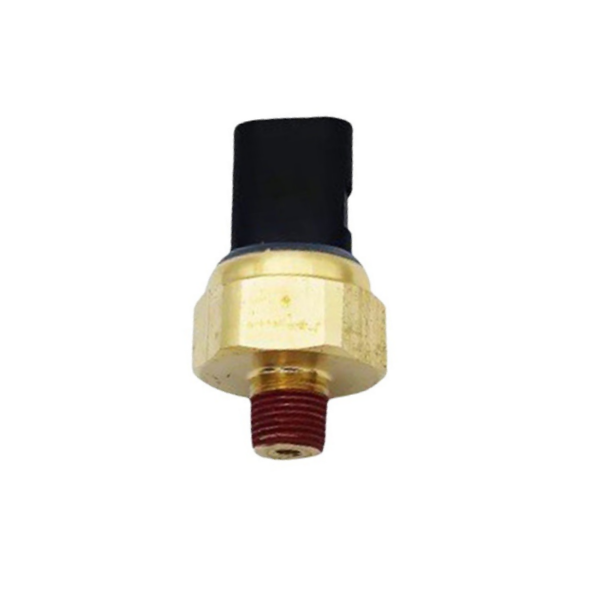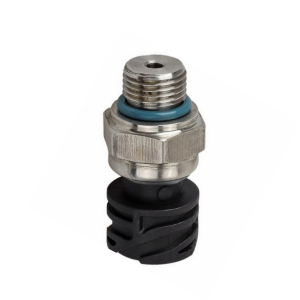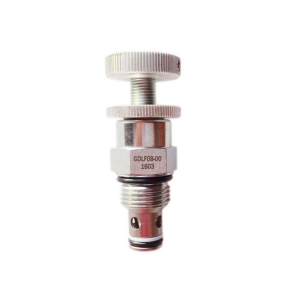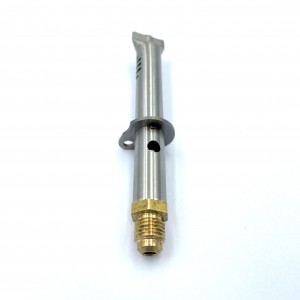Applicable to Cummins oil pressure sensor Oil pressure sensor 4921501
Product introduction
1. Frequency response characteristics
The frequency response characteristics of the sensor determine the frequency range to be measured, so it is necessary to maintain the undistorted measurement conditions within the allowable frequency range. In fact, there is always a certain delay in the response of the sensor, and it is hoped that the shorter the delay time, the better.
The higher the frequency response of the sensor, the wider the frequency range of the measurable signal. However, due to the influence of structural characteristics, the inertia of the mechanical system is larger, and the frequency of the measurable signal is lower because of the sensor with low frequency.
In dynamic measurement, the response characteristics should be based on the characteristics of the signal (steady state, transient state, random, etc.) to avoid excessive error.
2. Linear range
The linear range of the sensor refers to the range in which the output is proportional to the input. Theoretically, within this range, the sensitivity remains constant. The wider the linear range of the sensor is, the larger its range is, and a certain measurement accuracy can be guaranteed. When selecting a sensor, after the type of sensor is determined, it is first necessary to see whether its range meets the requirements.
But in fact, no sensor can guarantee absolute linearity, and its linearity is relative. When the required measurement accuracy is low, in a certain range, the sensor with small nonlinear error can be approximately regarded as linear, which will bring great convenience to the measurement.
3. Stability
The ability of a sensor to keep its performance unchanged after a period of use is called stability. The factors that affect the long-term stability of the sensor are not only the structure of the sensor itself, but also the use environment of the sensor. Therefore, in order to make the sensor have good stability, the sensor must have strong environmental adaptability.
Before choosing a sensor, we should investigate its use environment, and choose a suitable sensor according to the specific use environment, or take appropriate measures to reduce the environmental impact.
The stability of the sensor has a quantitative index. After the service life is over, it should be calibrated again before use to determine whether the performance of the sensor has changed.
In some occasions where the sensor can be used for a long time and cannot be easily replaced or calibrated, the stability of the selected sensor is more stringent and it should be able to withstand the test for a long time.
Product picture


Company details

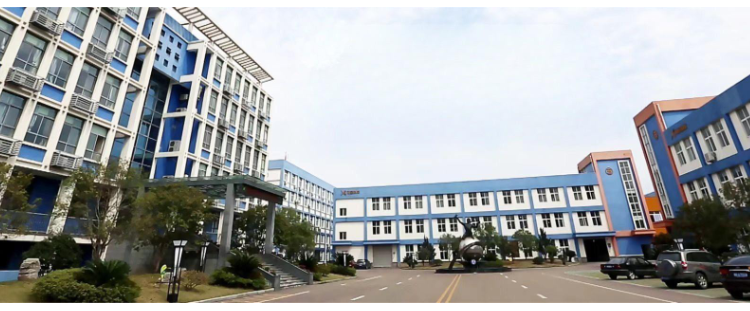

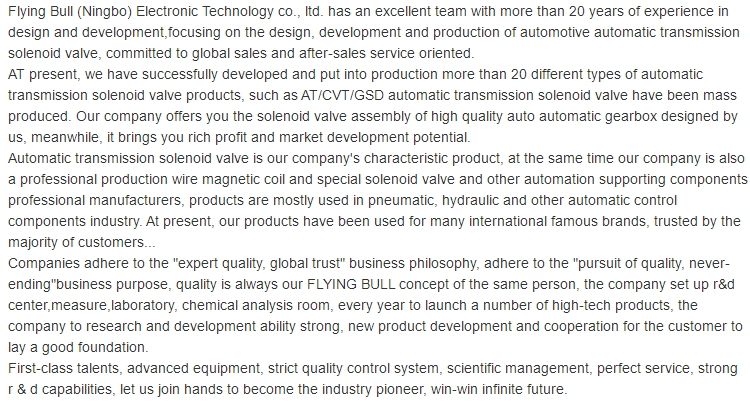
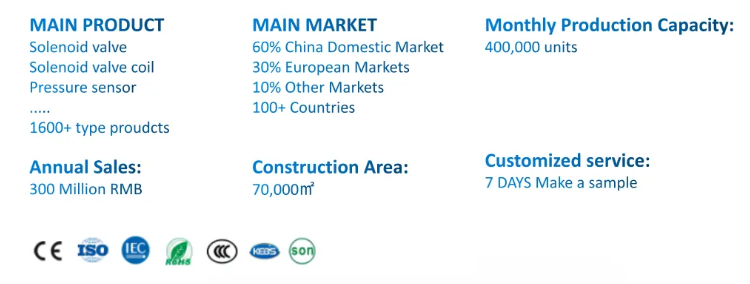


Company advantage
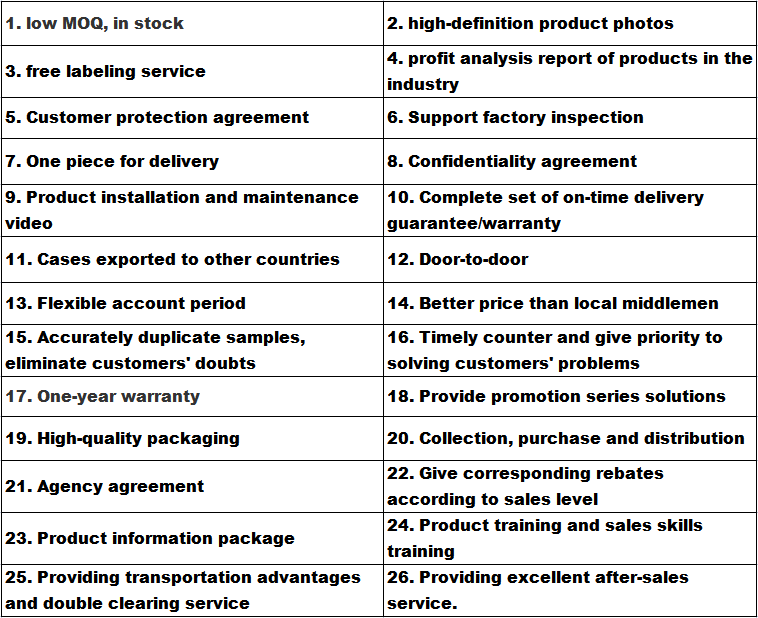
Transportation

FAQ
